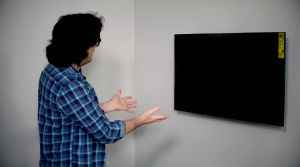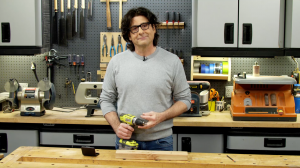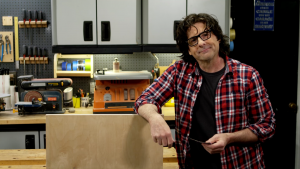How to Choose the Right Tile Trowel
When it comes to setting tile, be sure to choose the right trowel for the job.
Tile mortar trowels have notched edges. When held at an angle and passed over the mortar bed, they leave uniform rows or ridges that collapse when the tile is set in place, ensuring that the mortar makes uniform contact with the underside of the tile.
Hold the trowel at about 70 – 80 degrees and draw it so that you hear a scraping sound when doing the final run. You only want to leave behind the exact amount of mortar that the trowel was designed to leave.
So, what’s the correct notch size trowel to use? The minimum: quarter-by-three-eighths-by-quarter trowel to install a twelve-by-twelve tile.
When you get into the larger formats like a sixteen-by-sixteen, you’re going to want to switch to a quarter-by-half-inch-by-quarter-inch trowel. The round U at the bottom leaves a ridge that’s rounded so that when a tile is pressed onto the mortar, the lines collapse more easily because they’re rounded and there’s less drag and less resistance.
For very small tiles, a three-sixteenth inch notch trowel like this might very well be the best choice.
And finally, a hand-made trowel. You can make this trowel by using an angle grinder and an old diamond blade. You can actually make your own hand trowel to get into nooks and crannies where you might not be able to get with a large trowel.
Blog Articles
Expert Tips: How to Mount a TV on the Wall
Get step-by-step instructions on how to mount a TV on the wall, especially for big screen TVs. Master the art of wall mounting with our tips.
Frustrated by Stripped Screws? Here’s How to Get Them Out Fast
We've all been there. You're in the middle of a project, and suddenly your screwdriver spins uselessly in the screw head. The screw is stripped, and frustration sets in. With a little know-how and this simple trick, you can tackle a stripped screw and get your project back on track.
The Secret to Finishing Plywood Edges
Plywood projects are fantastic, but exposed edges can be an eyesore. This blog post unveils the magic of edge banding - a simple technique to create flawless, finished edges on your plywood projects, making them look professional and ready for paint or stain. Watch the video to learn how to apply edge banding like a pro!





